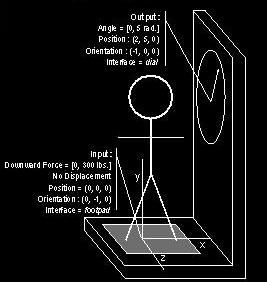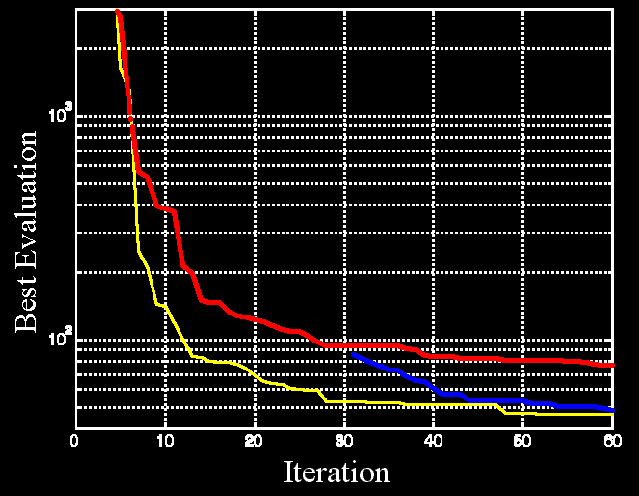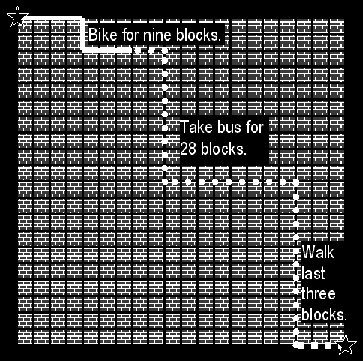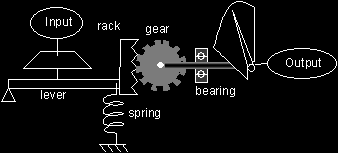| |
|
A-DESIGN - AGENT BASED ADAPTIVE CONCEPTUAL DESIGN
INTRODUCTION | ITERATIVE SEARCH PROCESS | MULTIOBJECT DESIGN SELECTION | MULTI AGENT ARCHITECTURE | FUNCTIONAL REPRESENTATION | A DESIGN AS SEARCH STRATEGY | TEST RESULTS | DISCUSSION AND CONCLUDING REMARKS
TEST RESULTS FOR ELECTRO-MECHANICAL DESIGN EXAMPLE
We now turn to an example of A-Design designing a complete electro-mechanical configuration. The electro-mechanical design test problem shown in Figure 7a of fabricating weighing machine alternatives has produced some interesting results. The implemented electro-mechanical A-Design system includes the functional representational system, the C-, I-, F-agents, one M-agent strategy, the equation extractor, the design evaluation mechanism, design sorter, and a general framework for transferring designs to the various sub-processes. The system is written in LISP and runs on a Silicon Graphics Indigo 2. In order to pose the design problem, the user supplies the desired input and outputs, and objectives. In this case we have chosen to optimize four objectives: minimize cost, minimize mass, minimize dial error, and minimize input displacement. Note that while the first two objectives (minimize cost, and minimize mass) are calculated by summing data provided within the catalog on each of the components used in the design, the latter two (minimize dial error, and minimize input displacement) are results of the values of the components used and the behavior predicted by the behavioral equations. The problem is therefore described to the process by the functional description as well as the metrics for the objectives in the problem. The catalog of components for this test example consists of the various embodiments shown in Table 3. For each of the 32 embodiments shown, there currently exist actual components drawn from Allied Electronics, Nordex Inc., and Mc-Master Carr Supply catalogs totaling just over 300 components available for constructing designs. The computer representation for each element in the catalog contains both embodiments and the actual components used to instantiate the embodiments. The catalog is expandable to any number of embodiments and components allowing the user to introduce new components.
Figure 8 shows three weighing machines created by the process over 30 iterations with a maximum population of 100 designs. The first solution (Figure 8a) was created when the user preference was for low-cost low-weight designs, and as a result the solution is relatively inexpensive andlightweight compared to the other two solutions however it contains a bit too much movement at the input (4.1 cm). These deficiencies are due to the simple configuration established by the C-agents as well as the components chosen by the I-agents that had emphasized low-cost and low-weight over parameter selection like proper gear radius and spring stiffness. The system was then instructed to place more emphasis on minimizing movement at the input. As a result of this preference shift, designs were created that although more costly and more massive, addressed the issue of minimizing input displacement. The second and third designs (Figures 8b, 8c) show two different ways the system was able to solve this problem. Figure 8b uses two hydraulic cylinders with different diameters while Figure 8c utilizes a series of levers to minimize input. These examples demonstrate the richness of alternatives that are created by the A-Design algorithm in solving a non-trivial design problem. The challenge of having an accurate dial with little displacement at the input forces agents to constantly find better configurations as well as the combinations of components to fulfill those configurations. Earlier results for the same problem can be found in Figure 1 and are discussed in Campbell et al. (1998a).

 


|
|

